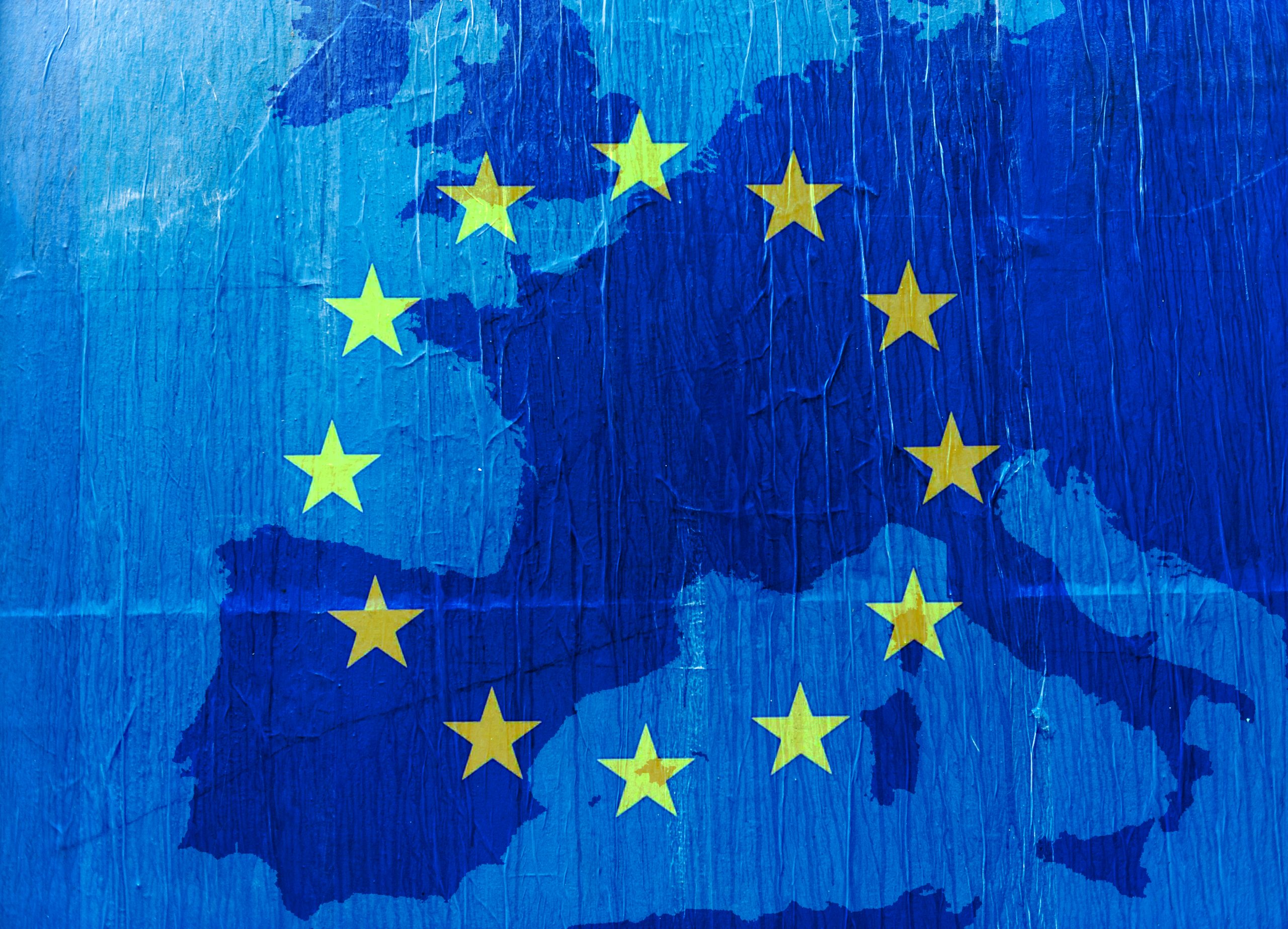EU Cohesion Policy: €3.5 billion for Estonia’s economic and social development and green transition in 2021-2027

Estonia will receive €3.5 billion Cohesion Policy funding to support economic, social and territorial cohesion in 2021-2027 in the framework of the Partnership Agreement between the Commission and Estonia, which was adopted today. This Agreement will also support the implementation of key EU priorities such as the green and digital transition and contribute to competitive, innovative and export-oriented growth.
Fair green transition
€781 million from the European Regional Development Fund (ERDF) and the Cohesion Fund will support the circular economy in businesses, ensuring less waste and more resource efficiency. The funds will also promote energy efficiency, renewable energy, and an increased use of recycled materials.
€354 million from the Just Transition Fund (JTF) will help Estonia’s transition to a greener and more competitive industry while maintaining employment and upskilling workers in the Ida-Viru county.
Up to €521 million from the Cohesion Fund will promote the shift from road to rail transport for both passengers and freight. This will help reducing commuting times and CO2 emissions. Investments will also be made to complete the road network, necessary for the Core TEN-T, which should be ready by 2030.
A smarter, digital and connected economy
€742 million of the ERDF will improve cooperation between businesses and research institutions and will be invested in small and medium businesses to boost productivity, innovation and competitiveness in line with smart specialisation. These funds will also speed up the digitalisation of the economy, the development of public digital services and high-speed internet.
Lifelong learning, upskilling and social inclusion
€534 million from the European Social Fund Plus (ESF+) will be invested to address social, health, lifelong learning and labour market needs. Skills measures will be offered throughout all stages of life, ranging from support for school children, over upskilling measures, to helping people finding and advancing in their careers.
ESF+ resources will also address child poverty, prevent early school leaving, support long-term care reform, match education to labour market needs and promote healthy work life. Support for food and basic material assistance will be also provided to the most vulnerable groups in society. All ESF+ investments will contribute to further implement the European Pillar of Social Rights.
Sustainable fisheries, aquaculture and processing sector
€97.4 million from the European Maritime Fisheries and Aquaculture Fund (EMFAF) will increase the resilience of the fisheries, aquaculture and processing sectors. The EMFAF programme will focus on innovation and interdisciplinary scientific cooperation, climate change adaptation and environmental protection. The sustainable development and economic diversification of the coastal fishing and aquaculture communities will be further strengthened, consistently with the objectives of the European Green Deal.
Investments in the fisheries and aquaculture sectors will also contribute to the green transition in Estonia, by promoting development of small-scale coastal fisheries through community-led local development.
Members of the College said:
Commissioner for Cohesion and Reforms, Elisa Ferreira, said: “Following today’s adoption of the Partnership Agreement, Estonia will be supported to further develop its economy, the green and fair transition, innovation in small and medium businesses and its transport sector. Estonia has a far-reaching smart, green and digital future ahead.”
Commissioner for Jobs and Social Rights, Nicolas Schmit, added: “To meet the demands of the green and digital transition, Member States should invest heavily in skills and lifelong learning. I welcome that lifelong learning is a key priority for the ESF+ in Estonia. It will improve access to the labour market, especially for people who are vulnerable or disadvantaged. In line with the European Child Guarantee, the ESF+ funding will also help reducing child poverty and prevent early school leaving. These measures make a tangible contribution in implementing the European Pillar of Social Rights.”
Commissioner for Environment, Oceans and Fisheries, Virginijus Sinkevičius, said: “Europe’s blue economy plays a crucial role in supporting coastal communities and in decarbonising our economy. This Partnership Agreement with Estonia will reinforce the economic and social vitality of coastal communities, through innovation and development of sustainable and environmentally friendly technologies. It will lead to improved resilience and shaping sustainable and low-carbon fisheries, aquaculture and processing sectors, enhancing also the protection of the marine environment and biodiversity.”
Background
The Partnership Agreement covers the Cohesion Policy funds (ERDF; ESF+, the Cohesion Fund, the JTF), as well as the EMFAF. It paves the way for the implementation of these investments on the ground through 2 national programmes and 5 INTERREG programmes (concerning cross-border, transnational and interregional cooperation).
Moreover, the Partnership Agreement reflects Estonia’s strong commitment to the coordinated use of Cohesion Policy funds with the Recovery and Resilience Facility.
Under Cohesion Policy, and in cooperation with the Commission, each Member State prepares a Partnership Agreement, a strategic document for programming investments from the Cohesion Policy funds and the EMFAF during the Multiannual Financial Framework. It focuses on EU priorities, laying down the investment strategy identified by the Member State. It presents a list of national programmes for implementation on the ground, including the indicative annual financial allocation for each programme.
The 2021-2027 Partnership Agreement with Estonia is the 15th to be adopted following those of Greece, Germany, Austria, Czechia, Lithuania, Finland, Denmark, France, Sweden, the Netherlands, Poland, Bulgaria, Cyprus and Portugal.
More information
2021-2027 long-term EU budget & NextGenerationEU
Questions and Answers on the EU Cohesion Policy legislative package 2021-2027
